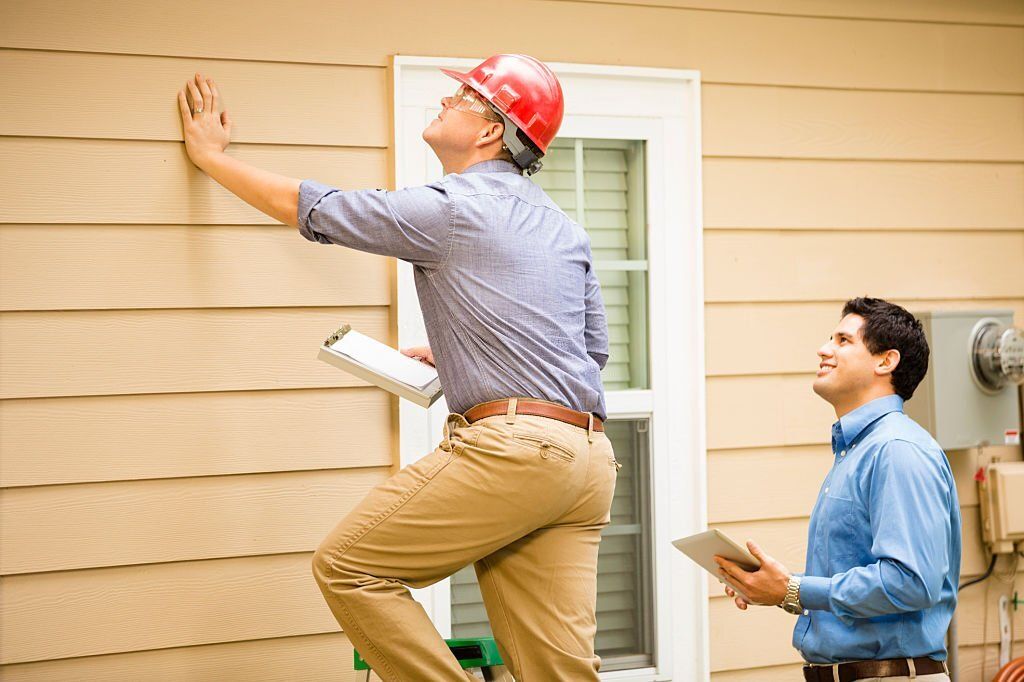A thorough inspection can provide crucial insights into the property's condition when buying a home. This helps buyers make informed decisions, potentially saving them from costly surprises down the road. A home inspection in Middletown, NY, typically covers a wide range of areas to assess both safety and functionality. Understanding what this inspection includes can prepare you to know what to expect and how to interpret the results.
The Purpose and Scope of a Home Inspection
Before discussing the specifics, it's helpful to clarify what a home inspection aims to accomplish and how it fits into the home-buying process.
What Is a Home Inspection?
A home inspection is a professional evaluation of a property’s physical condition, typically conducted after an offer is made but before the final sale. The goal is to identify existing defects, maintenance issues, or potential safety hazards. It is not a warranty or an appraisal but rather a detailed snapshot of the home’s current state.
Why It Matters in Middletown, NY
Homes in Middletown may vary widely in age, construction style, and features, influenced by local climate and building codes. Therefore, an inspection tailored to the area can reveal issues common to the region, such as effects of seasonal weather changes or specific material wear, that buyers should be aware of.
Key Areas Covered in a Home Inspection in Middletown, NY
A comprehensive inspection examines multiple systems and components of a house. The inspector usually follows a checklist but adapts it to the particular property.
Structural Components
Foundation and Basement
One of the first things inspected is the foundation. Inspectors look for cracks, moisture intrusion, or signs of settling that could indicate structural problems. Basements and crawl spaces are checked for water damage, mold, or inadequate drainage that might compromise the home’s stability.
Walls, Ceilings, and Floors
The integrity of interior surfaces is assessed next. This includes checking for cracks, stains, or unevenness that might signal underlying structural or moisture issues.
Roofing and Exterior
Roof Condition
The roof protects the entire home, so inspectors examine its age, material condition, and signs of damage like missing shingles or leaks. Proper flashing, gutters, and downspouts are also reviewed to ensure effective water management.
Siding, Doors, and Windows
Exterior walls, doors, and windows are inspected for damage, rot, and proper sealing. These elements affect both energy efficiency and protection from weather.
Systems and Utilities
Electrical System
Safety is a top priority when evaluating the electrical system. Inspectors check wiring types, circuit breakers, outlets, and grounding to ensure compliance with safety standards and functionality.
Plumbing System
Pipes, faucets, water heaters, and drainage are assessed for leaks, corrosion, and proper operation. Inspectors also verify water pressure and the condition of fixtures.
Heating, Ventilation, and Air Conditioning (HVAC)
The HVAC system is crucial for comfort, especially given Middletown’s seasonal temperature variations. Inspectors examine heating units, air conditioners, ductwork, and thermostats to confirm they are functioning correctly and efficiently.
Additional Important Inspection Components
Beyond the core structural and systems review, some other elements play a vital role in the overall assessment.
Safety Features
Smoke and Carbon Monoxide Detectors
Proper installation and operation of smoke alarms and carbon monoxide detectors are essential for occupant safety, and inspectors verify their presence and functionality.
Stairways and Railings
Staircases, handrails, and balconies are checked for sturdiness and compliance with safety standards to prevent accidents.
Interior Spaces
Kitchens and Bathrooms
Since these rooms are high-use and prone to moisture, inspectors pay close attention to cabinets, countertops, sinks, and ventilation. Signs of leaks or water damage often appear here first.
Appliances
While not always included in every inspection, many inspectors will test major appliances like ovens, dishwashers, and garbage disposals if they are part of the sale.
Insulation and Ventilation
Proper insulation in the attic and walls improves energy efficiency. Inspectors evaluate insulation types and coverage, along with ventilation systems, to detect issues that might lead to mold growth or heat loss.
What Is Typically Not Included in a Home Inspection?
Understanding the limits of a home inspection helps set realistic expectations.
Specialized Inspections
Certain areas require experts with specialized skills. For example, septic systems, pools, or chimneys may need separate inspections.
Cosmetic Issues
Inspectors focus on functional problems and safety concerns rather than cosmetic details such as paint quality or interior décor.
Hidden or Inaccessible Areas
If parts of the home are inaccessible due to furniture, locked doors, or structural barriers, inspectors cannot assess these areas fully.
Preparing for and Using the Inspection Report
The home inspection report is a detailed document summarizing findings. Here's how to make the most of it.
Reviewing the Report
Most reports include photos and descriptions of issues, categorized by severity. Buyers should read it carefully, noting items that require immediate attention or long-term monitoring.
Negotiating Repairs or Price Adjustments
Based on the report, buyers can request repairs, replacements, or price reductions from sellers. Prioritizing safety and major repairs over minor cosmetic fixes is advisable.
Planning Future Maintenance
Even if no major problems appear, the inspection can highlight regular maintenance tasks to keep the home in good shape.
Final Thoughts
A home inspection Middletown NY is an indispensable step in the home buying journey, providing a thorough evaluation of the property’s condition. It covers structural integrity, key systems, safety features, and more. Understanding the scope of what is included—and excluded—can help buyers prepare questions, set realistic expectations, and negotiate confidently.
Buyers gain peace of mind and a clearer picture of their potential new home’s needs by investing time and attention into the inspection process, ultimately making a more informed and secure purchase decision.
